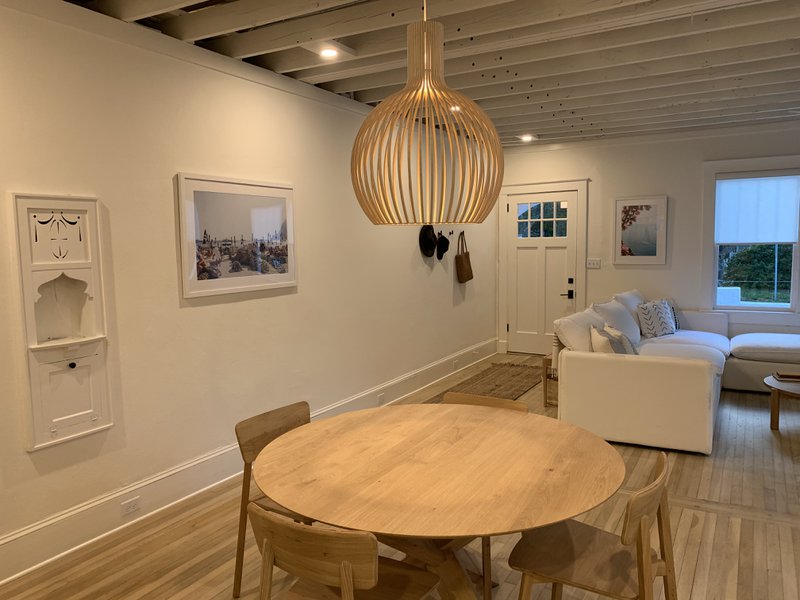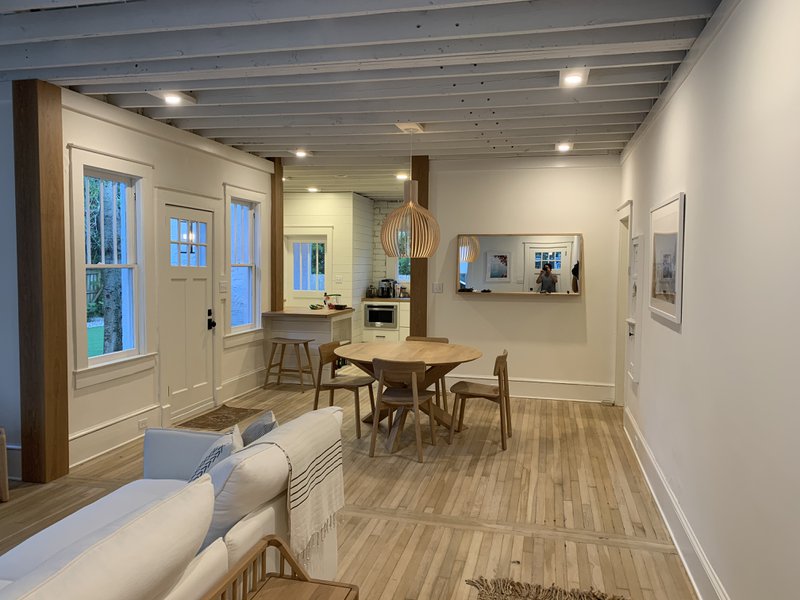Fresh air, lower energy bills, and a sense of harmony with the environment, eco-friendly homes offer more than just buzzwords. They represent a movement toward thoughtful, future-ready living. With every board, beam, and brick, homeowners and builders alike are making decisions that shape the health of both people and the planet.
Building eco-friendly homes isn’t about sacrificing comfort or design. On the contrary, it’s about creating spaces that look beautiful, function efficiently, and last longer—all while leaving a lighter footprint. At every stage of construction or renovation, sustainable choices matter, and they add value that lasts well beyond the final walkthrough.
What Defines Eco-Friendly Homes?
Eco-friendly homes focus on minimizing environmental impact during construction and throughout the home’s lifespan. This starts with energy efficiency—insulation that seals in comfort, windows that reduce heat transfer, and HVAC systems that use less power to do more work.
But energy is just the beginning. Eco-conscious building also means using materials that are responsibly sourced, recycled, or renewable. It’s about reducing waste on the job site and selecting products that emit fewer toxins, improving indoor air quality for everyone who lives inside.
A well-built eco-friendly home also considers water conservation, storm resilience, and adaptability. These homes are not just built for today. They’re designed to thrive decades from now, in whatever climate conditions may come.

Sustainable Materials for Eco-Friendly Homes
Material choice carries immense weight in sustainable construction. Using reclaimed wood, recycled steel, or low-VOC paints may not be obvious to the eye, but they play a vital role in the long-term performance and health of a home.
Sourcing materials locally can also reduce the carbon footprint of a project. Brick, stone, and timber from nearby suppliers support regional economies and reduce transportation emissions. Even traditional materials like concrete are being reimagined, now available in greener formulations with reduced carbon output.
Choosing durability is also a sustainable act. A roof that lasts 50 years won’t need to be replaced—and landfilled—nearly as often as one with a shorter lifespan. The same goes for windows, flooring, and siding. Fewer replacements mean fewer resources consumed over time, an essential goal for eco-friendly homes.
Energy Efficiency and Smart Design
One of the defining features of eco-friendly homes is how well they manage energy. Smart design—like proper window placement for passive solar gain—can reduce the need for artificial heating and cooling. Well-insulated walls and attics prevent energy leaks. And efficient lighting, appliances, and mechanical systems keep utility bills low without sacrificing comfort.
Solar panels are another powerful tool in the eco-friendly toolbox. Paired with energy-efficient building practices, they allow homes to generate much of their own power, lowering reliance on fossil fuels.
Designing with efficiency in mind doesn’t stop at new builds. In renovations, small upgrades like swapping out single-pane windows or adding spray foam insulation can make a dramatic difference in performance and energy use.
Water Conservation and Site Planning
Eco-friendly homes look beyond what’s built, because they consider how the structure interacts with the land around it. Water conservation starts with efficient plumbing, such as low-flow fixtures and dual-flush toilets. But it also extends to landscape planning, where native plants and rainwater harvesting systems reduce irrigation demands.
Stormwater management is especially important in coastal or flood-prone areas. Proper grading, permeable paving, and green infrastructure can help prevent runoff and erosion, protecting the home and the environment in tandem.
These principles often guide how we plan and build on coastal properties. Whether we’re constructing a custom home or managing land through our property services, attention to water flow, drainage, and soil impact is key.
Healthy Living Inside Eco-Friendly Homes
Sustainability isn’t only about what’s outside—it’s deeply tied to the air we breathe, the light we live under, and the materials that surround us every day. Eco-friendly homes prioritize healthy indoor environments, using non-toxic materials that limit chemical exposure and promote better air quality.

Natural light and ventilation also contribute to well-being. Homes designed with larger windows and thoughtful airflow reduce dependence on artificial lighting and promote a more natural, restorative atmosphere.
Even technology plays a role here. Smart thermostats, air purification systems, and moisture sensors all help create a home that adapts to its inhabitants, promoting comfort, efficiency, and peace of mind.
Long-Term Value and Impact
The up-front costs of eco-friendly features are often offset by long-term savings and durability. Energy-efficient systems reduce monthly bills. High-quality, sustainable materials require less maintenance. And for many homeowners, the peace of mind that comes with a lighter environmental footprint is invaluable.
There’s also growing demand for green building certifications and eco-conscious properties. Whether someone is living in their home for decades or planning to sell one day, sustainable choices increase appeal and market value.
At Konrady & Son Construction, we believe in creating homes that last—homes that adapt, perform, and inspire. Whether we’re building from the ground up, adding thoughtful upgrades, or helping homeowners protect their investment through storm protection systems, sustainability is part of our core approach.
Ready to build the home of your dreams? Send us a message today.
Leave a Reply Cancel reply
site design
Monday - Friday
8:00 AM- 5:00 PM
435 Eastwood Rd
Wilmington, NC 28403